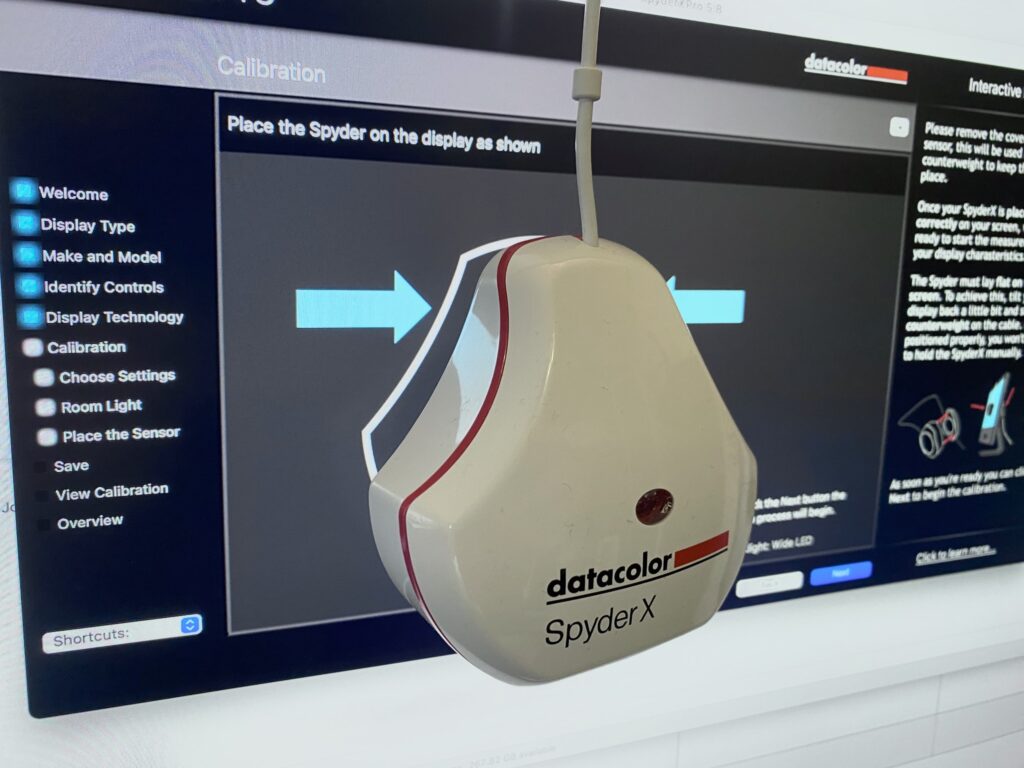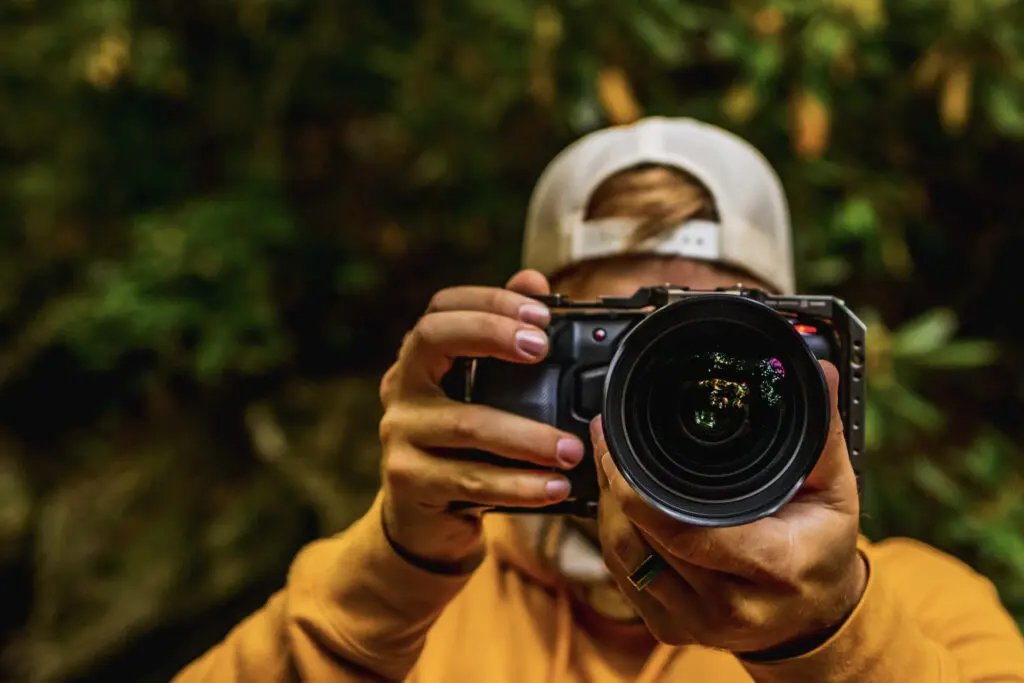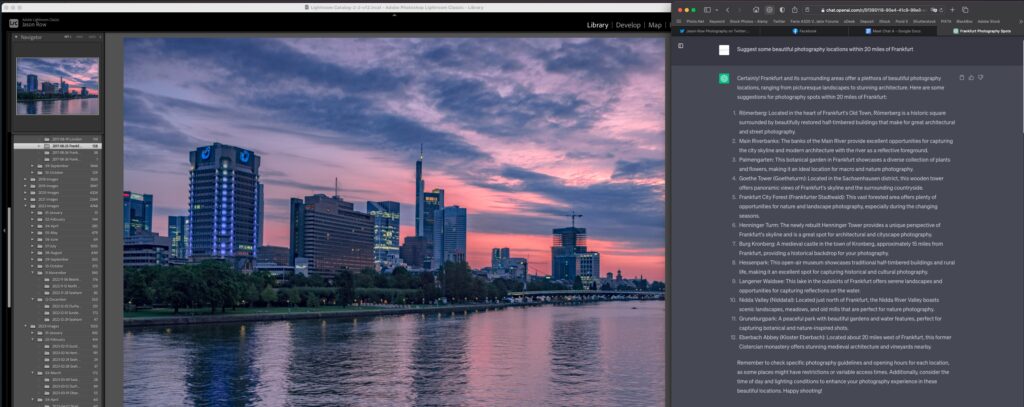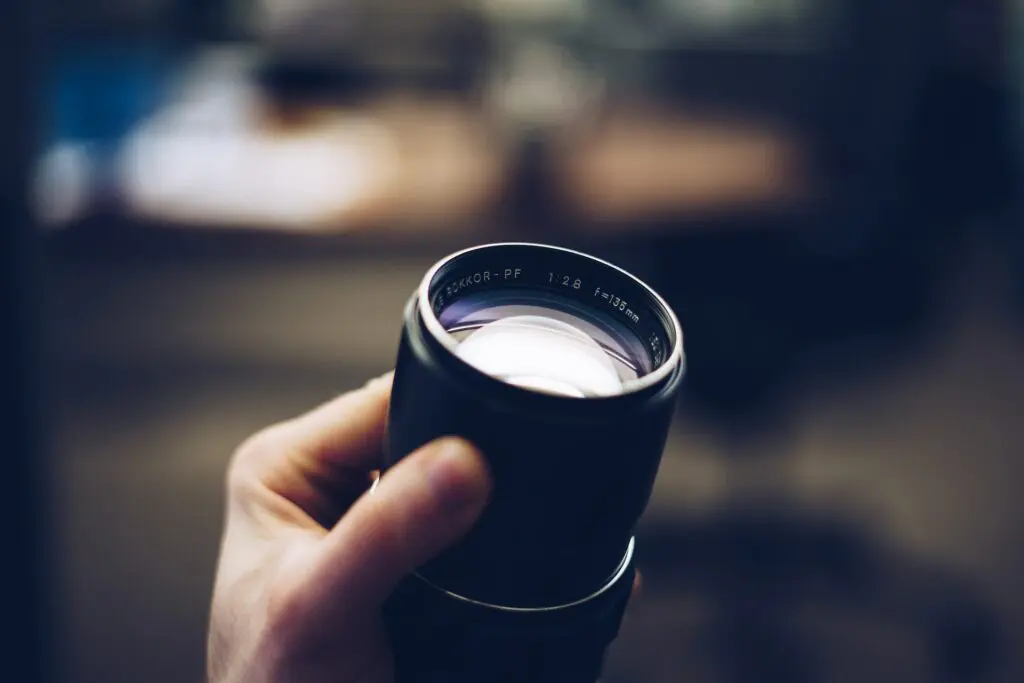New photographers have a lot to consume and digest. You are introduced to so many new terms, concepts and conventions — composition, exposure, camera settings, developing an “eye”, establishing a style — that need to be retained at a theoretical level and then put into practice.
It can all seem pretty daunting and, at times, discouraging. So, in the spirit of helping to lighten the load for new and newish photographers, here are four simple but effective tips that will make you a better photographer.
1. Shoot Every Chance You Get
This means keeping your camera close at all times. For the times when you can’t have your main camera around your neck, break out your mobile device. The point is to take advantage of every opportunity to put the skills you’ve been learning to real-world usage.
There’s nothing complicated about this. You’re practising. But try to practice with purpose. As you shoot, be mindful of your composition and pay attention to how the light changes and learn how to change settings quickly when necessary.
Over time, all that stuff becomes an afterthought — you’ll be able to change settings without even looking at your camera; you’ll know exactly how to use any lighting condition to your advantage; you’ll get composition right more often than you get it wrong.
But you don’t get there if you don’t pick up your camera as often as possible.
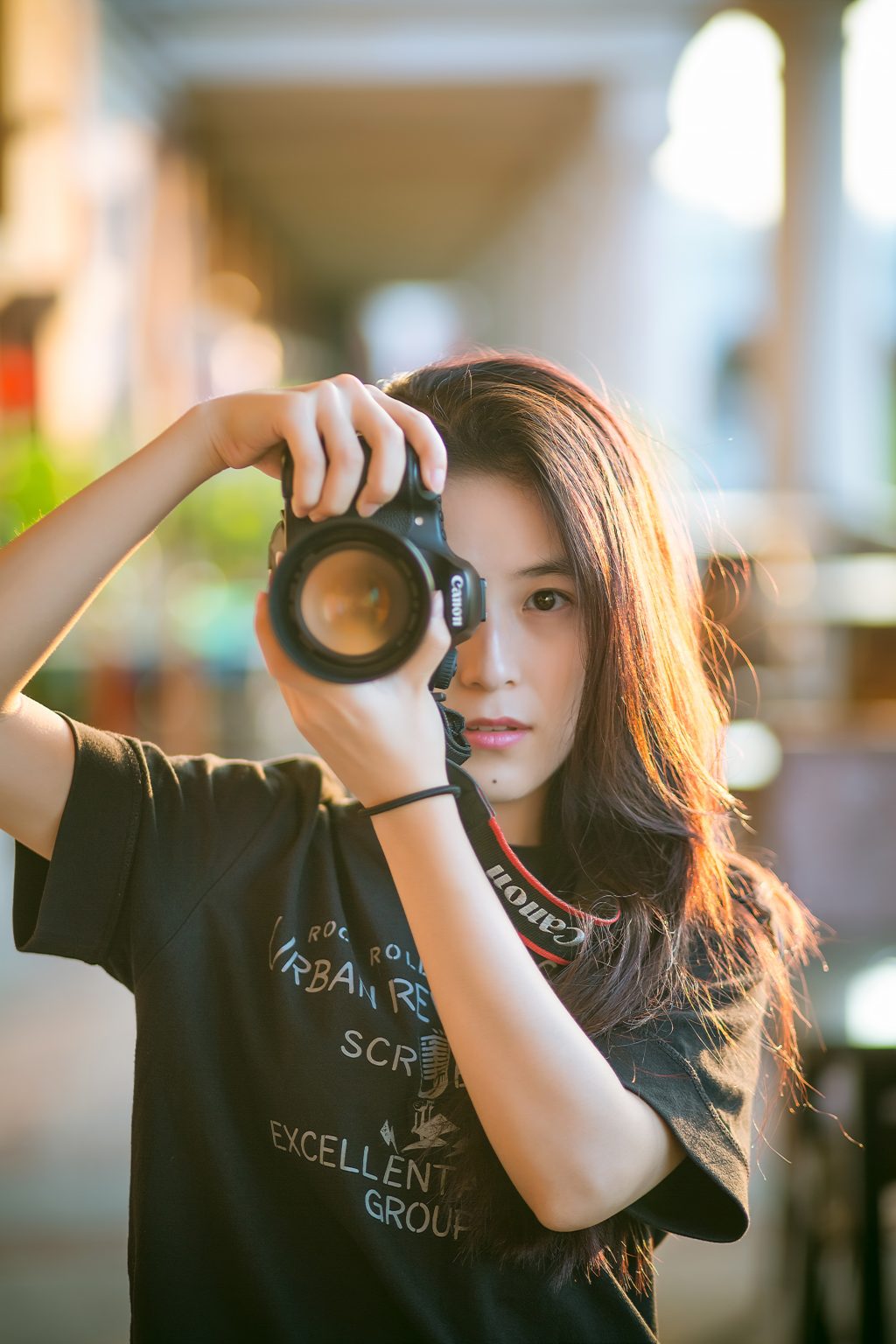
2. Simplify Your Frame
While it will take some time to get really good at working with many of the established compositional guidelines, you can help yourself out by keeping your frames simple. Don’t fret over knowing all the technical terms and trying to place things with mathematical precision along all sorts of imaginary lines.
Just keep it simple.
Choose a subject and then position the subject in such a way that it is clear of any distractions in the surrounding environment. Understand that even if you have a strong subject, a cluttered/distracting background will serve only to weaken the overall impact of your photo.
A simple composition done right will always satisfy.
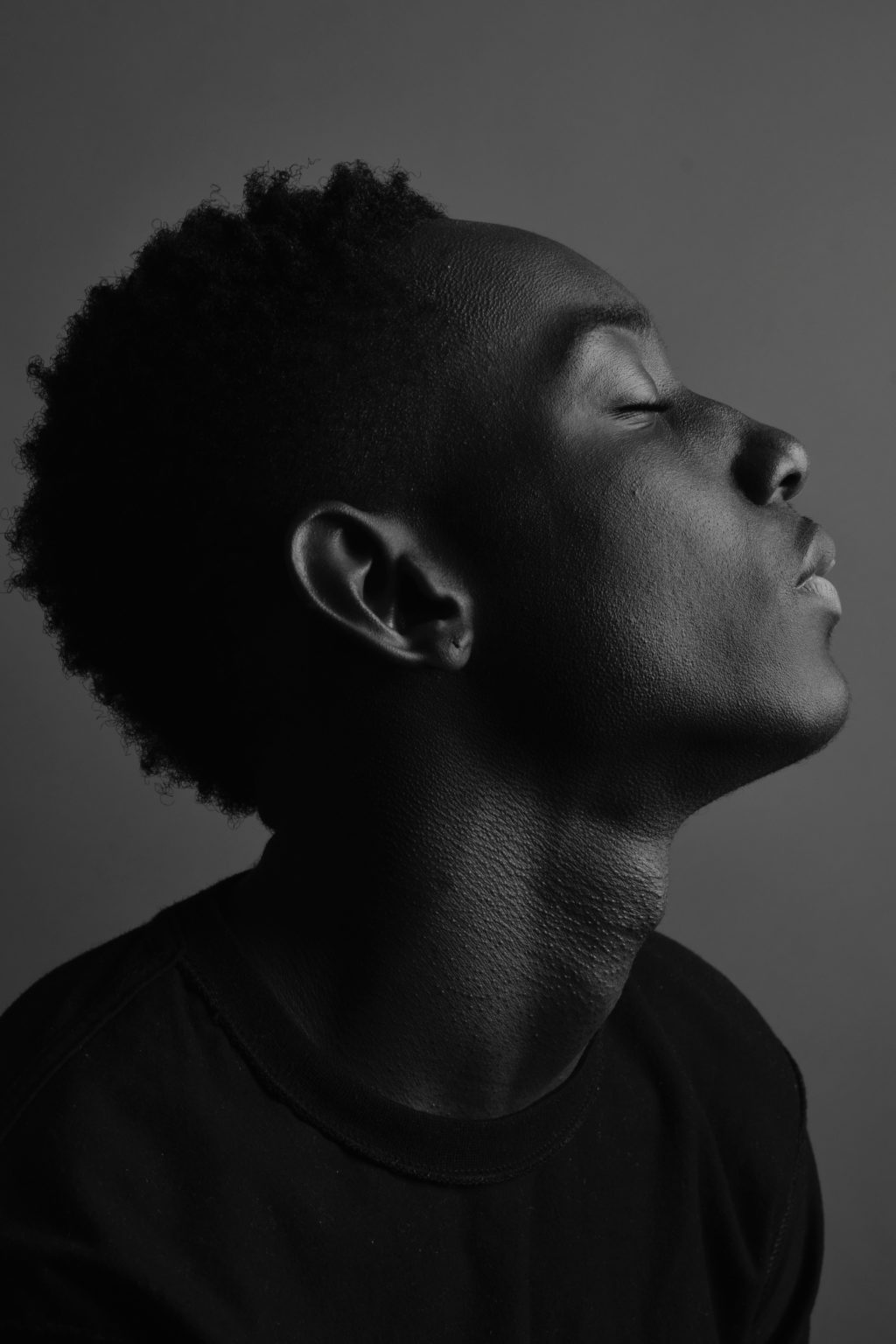
3. Don’t Waste Time
One of the side effects of having such easy access to so much information for new photographers is the tendency to read or watch one tutorial after another without ever putting that information into practice.
Indeed, part of the learning process involves information acquisition — you have to learn about ISO and shutter speed and aperture and what impact each has on exposure. Graphs, charts and discussions are helpful and a vital starting place.
But you have to go beyond that. You can only watch so many videos on any given topic before it becomes a waste of time. You have to move on to actually doing.
While you shoot, think about the things you’ve learned in various articles and videos and correct your mistakes as you go. This is a far more effective and efficient way to learn and get better at photography.
Don’t get stuck behind a screen watching others have all the fun.

Final Thoughts
As a new photographer, there’s much to learn. However, good photography doesn’t rest purely on technical know-how. Sure, you need to know about metering modes, the rule of thirds, how to change the focus point on your camera and how to shoot in manual mode, but there’s more to it than that.
Or less, depending on how you look at it.
The best photos so often are the simplest ones. Once you’re able to distil all your learning down to its simplest form, you will feel like you’re on to something. Hopefully, the ideas above are a good start for you.
And for all you new photographers out there…don’t forget to have fun!

